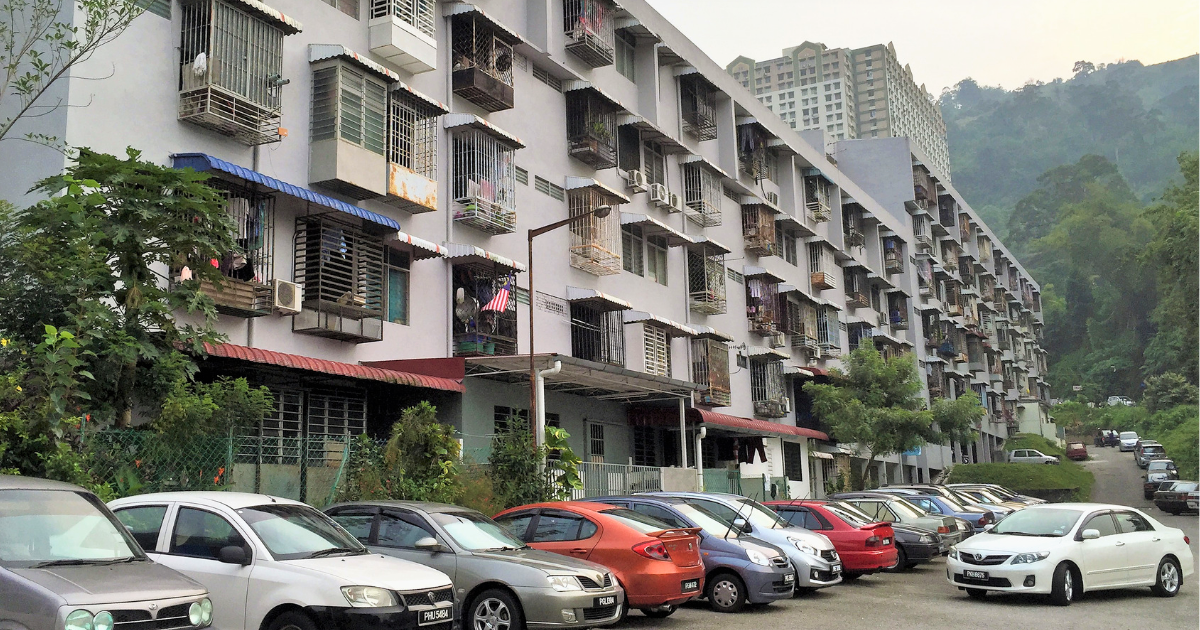
Managing your household finances is a big part of becoming an independent homeowner. One important cost many new property owners tend to neglect is the land taxes that must be paid to the local authorities each year. Often too late that they find to their dismay, that they have to pay a form of penalty down the road.
In Malaysia, land taxes come in the form of the quit rent, parcel rent and assessment rates. If this sounds unfamiliar to you, don’t sweat it, as we will explain the ins and outs of these three charges.
What is quit rent and who has to pay for it?
Quit rent or as it is commonly known as Cukai Tanah, is the land tax imposed on owners of qualifying properties by the respective state governments. The state government’s Land Office or Pejabat Tanah Dan Galian (PTG) would assess and evaluate the land on which the property is upon, and bill the owners annually. You will need to pay your quit rent each year for as long as the property is under your ownership.

How is quit rent calculated?
The quit rent is calculated by multiplying the size of an owned property in sq ft or sq mtrs by a specified rental rate. For example, if the specified rate is RM0.035 per square foot and your property is 2,000 sq ft, your quit rent would be RM70 (RM0.0035 X 2,000.
Now, the above explanation works well for landed properties but what about stratified properties such as condominiums, apartments and townhouses, etc? How would the quit rent for those types of properties be calculated?
Traditionally, the quit rent for stratified properties are charged as a master quit rent to the Joint Management Bodies (JMB), who would then divide it amongst the parcel owners and bill it to them individually together with their maintenance charges.
For example, if an apartment block consists of 20 parcel units and is situated on top of a 4,000 sq ft plot of land, the quit rent of RM200 (at the rate of RM0.05 per square foot) would be divided amongst the parcel units and each owner would only need to pay RM10 as quit rent, annually.
However, this system was changed on 1 June 2018 in Selangor, when the state created a new land tax to replace the quit rent for strata properties, called the parcel rent or Cukai Petak.
What is parcel rent and who has to pay it?
The parcel rent is governed by the Strata Management Act (SMA) 2013 and the Strata Titles Act (STA) 1985 and applies to developments which land it was built on has been split into parcels.
Unlike the previous billing system where parcel owners would be billed the divided portion of their quit rent in their maintenance charges; under the parcel rent – each parcel owner would be billed the entire square footage of the building. Furthermore, the billing and collection of payment of the parcel rent would be handled by the Land Office or PTG.
What is a parcel rent bill in Malaysia?

Therefore, using the previous example above, this means that each parcel owner would have to pay the full quit rent of RM200 to the Land Office annually. Understandably, this came as a shock to many strata property owners as their parcel rent skyrocketed so suddenly after the conversion – the RM10 paid previously is 20 times less than the current amount!
If you are wondering where you can pay your quit rent in Selangor, PTG Selangor has recently introduced an online payment method at ehasil.selangor.gov.my.
But why was Quit Rent converted to parcel rent for strata properties?
The change from the old system to the parcel rent was to ease the transfer of ownership of strata properties. Previously, owners who wanted to sell or transfer the ownership of their property would face great difficulties in doing so if the Land Office records show that the other parcel owners had not paid their quit rent.
Under the new parcel rent system, the Land Office is able to individually monitor the defaulters and this would not complicate the process of any owners who wished to sell or transfer their property.
Following this, Penang has also implemented the parcel rent system in 2019 and Kuala Lumpur followed suit in January 2020.
What are property assessment rates and who has to pay for it?
The second of the land taxes is the assessment rates or better known as Cukai Taksiran or Cukai Pintu. This is the local land tax collected by the local councils to pay for developing and maintaining the local infrastructure and services. Examples include:
- Erecting and maintaining the street lamps
- Cleaning and maintaining the public parks
- Collecting municipal rubbish
- Construction and maintenance of public infrastructure, etc.

Assessment rates are payable by all residential and commercial property owners. As long as you own a property, you have to pay the assessment rates regardless of whether it is occupied or not. The same rule applies to quit rent and parcel rent. In short, you cannot run from paying your land taxes!
Having said that, you may apply for a refund and remission rates from your local authority if your property is unoccupied. The application must be made within 7 days from the date of vacancy, otherwise, the local authority would take the effective date of vacancy as the date that the application was made.
It is also worth noting that some states offer assessment rates exemptions for low and mid-cost housing, so do check if you qualify for said exemption.

